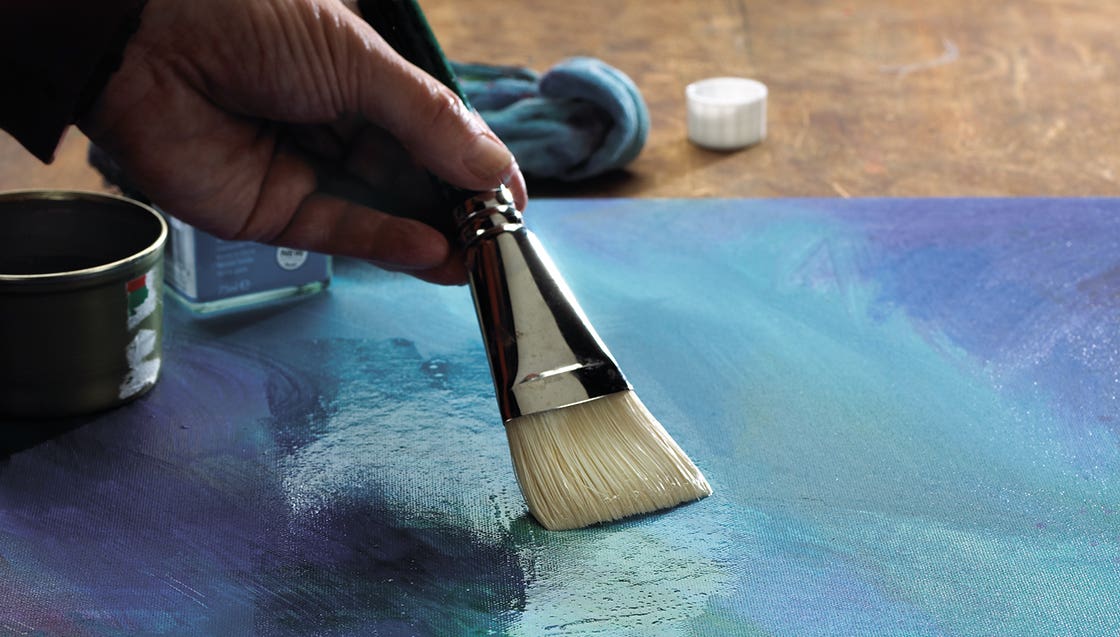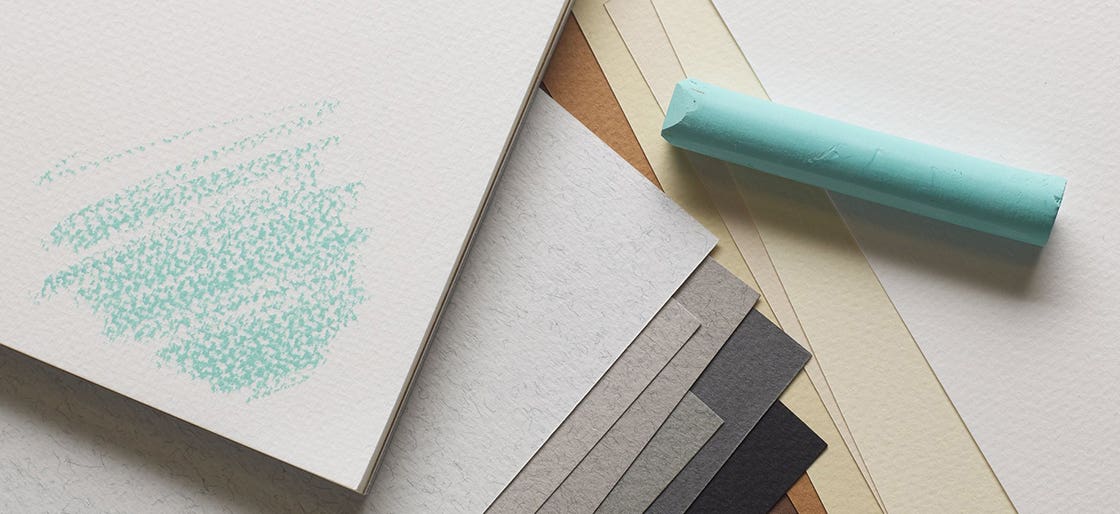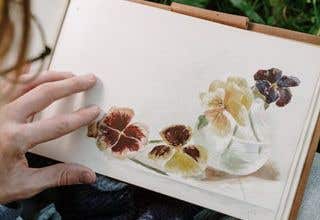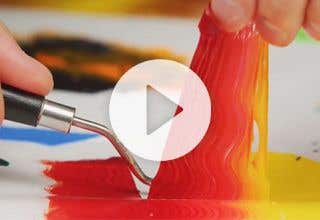As a painter, illustrator or printmaker, you know the importance and value of your artwork. You’ve put countless hours into creating something unique and beautiful and it should be preserved for years to come. To protect your beloved art pieces from dust, discolouration and sun damage, here are some tips on what you can do to maximise the longevity of your artwork.
Varnishes
If you are working with acrylic or oil paints, the first step to protecting your artwork is by using the right type of varnish. The most common types are acrylic, alkyd resin varnishes (solvent-based) and polyurethane (oil-based). Each one has its own pros and cons depending on the current state of your artwork as well as the desired results you want in terms of protection.
The best way to protect any acrylic painting is by adding a coat or two of acrylic varnish. Acrylic varnishes come in both gloss or matte finishes. It’s important to note that this type of varnish should never be used on oil paintings because it will cause them to crack over time due to its chemical makeup.
Alkyd resin varnish is ideal for protecting artwork because it provides excellent protection against UV rays and oxidation caused by exposure to air pollutants such as ozone or sulphur dioxide. It also has excellent adhesion properties which means it will stay on the surface without cracking or peeling over time. In addition, alkyd resin varnish has very low toxicity compared to other finishes, making it safe for use in art conservation projects.
Using polyurethane varnish offers several benefits to artists looking to protect their artwork. It provides a durable finish that will last for years without fading or cracking over time. Additionally, these varnishes can be easily applied with a brush in just one or two coats depending on the desired finish.
As with anything, there are pros and cons. An acrylic varnish offers an even finish with great resistance to UV rays but can yellow over time; where as a polyurethane varnish offers superior protection against scratches and abrasion but can darken with age. When applying any type of varnish to your art piece remember that two thin coats are better than one thick coat – this will ensure a smooth finish and prevent any streaks or smudges.
If you are unsure which varnish is going to best suit your work, you can always do patch tests. Create swatches of colour on your surface, add two layers of varnish and see what effect you get. Art is all about experimentation and sometimes it is best to test!
Here at Eckersleys, we have a great range of varnishes to suit your painting needs, you can find them online here. If you are unsure about which varnish is the best option for your art work, our friendly staff can help. Use our store locator to find your nearest store, our staff would love to see you!

Fixative Sprays
Fixatives are a clear protective spray that provides a barrier between the media used to create an artwork such as charcoal, pastel, or pencil and the environment. By using a fixative spray on your artwork after you complete it, you can prevent smudging and accidental damage to the art piece due to dust particles or loose material rubbing off. This helps preserve the artwork by preventing fading or discoloration over time. It is important to note that fixatives will not help if there are already stains or spots on your art piece caused by previous exposure to moisture or other environmental factors.
Fixative sprays keep colours vibrant (especially important with pastels) by helping them “set” into place after drying which prevents them from fading over time due to exposure from sunlight or moisture in the air.
So next time you’re ready to put some finishing touches on one of your masterpieces don’t forget about including some fixative into your supplies list - it just might save you some heartache down the line!
UV Glass & Framing
If you want to fully protect your artwork from sun damage, you might want to invest in high-quality glass that features ultraviolet (UV) filtering capabilities. While regular glass will help protect against dust and dirt build-up on the surface of the painting, UV-filtering glass blocks out the damaging rays of sunlight that can discolour or fade paint colours over time. It’s also important to make sure that your artwork is not exposed to direct sunlight for extended periods of time as this can also lead to fading or discoloration.
Dust build up on the surface of paintings can be unsightly but is often easy enough to remove. To keep dust from building up on paintings in frames without glass protection, use a soft brush or cloth lightly dampened with water when cleaning the painting surface. This should be done every two weeks or so to keep dust accumulation at bay.
 Acid Free Paper
Acid Free Paper
If you are working with paper rather than canvas or board, the key to creating lasting artworks is using acid free paper.
Acid free paper is paper that does not contain any acids or lignin, a chemical compound found in wood pulp. This type of paper has a neutral pH that helps prevent fading and deterioration of artwork over time. In this sense, acid free paper acts as a buffer between the artwork and environmental factors like humidity, temperature, light exposure, and pollutants in the air. The absence of these damaging elements allows your artwork to last longer and stay vibrant for years to come.
Using acid-free paper can help protect your artwork from becoming discoloured or brittle over time due to oxidation reactions caused by exposure to air pollutants. It also prevents yellowing or fading that can occur when exposed to UV rays from sunlight or fluorescent lighting fixtures in galleries or museums. Additionally, acid-free paper helps preserve the natural colour palette of artworks made with watercolours or crayons because they will not discolour over time due to contact with acidic materials present in regular papers. Last but not least, acid-free papers are much less likely to tear than regular papers which can be beneficial if you are looking for archival quality prints for limited edition artworks!
Plus, if you ever decide to sell your work at some point down the line, acid free paper will make sure that it looks just as vibrant and beautiful as when you first created it!

By following these tips, you can ensure that all your hard work is protected from dust, discolouration and sun damage. Not only will this help keep your art looking its best for years to come but it will also help preserve its value too. Luckily, there are products like varnish and fixative spray that help preserve artworks. And by using acid free paper and UV glass framing, you can further increase the lifespan of your artwork. So next time you finish a piece, make sure to give it the protection it deserves!
Eckersley’s has been in business since 1965, and many of our staff come from art, craft or creatively skilled backgrounds. This means you’ll always get quality product and advice when you shop with us. So If you are looking for help with varnishes, fixatives or acid free paper, visit us in store or shop online today with Eckersley’s.













